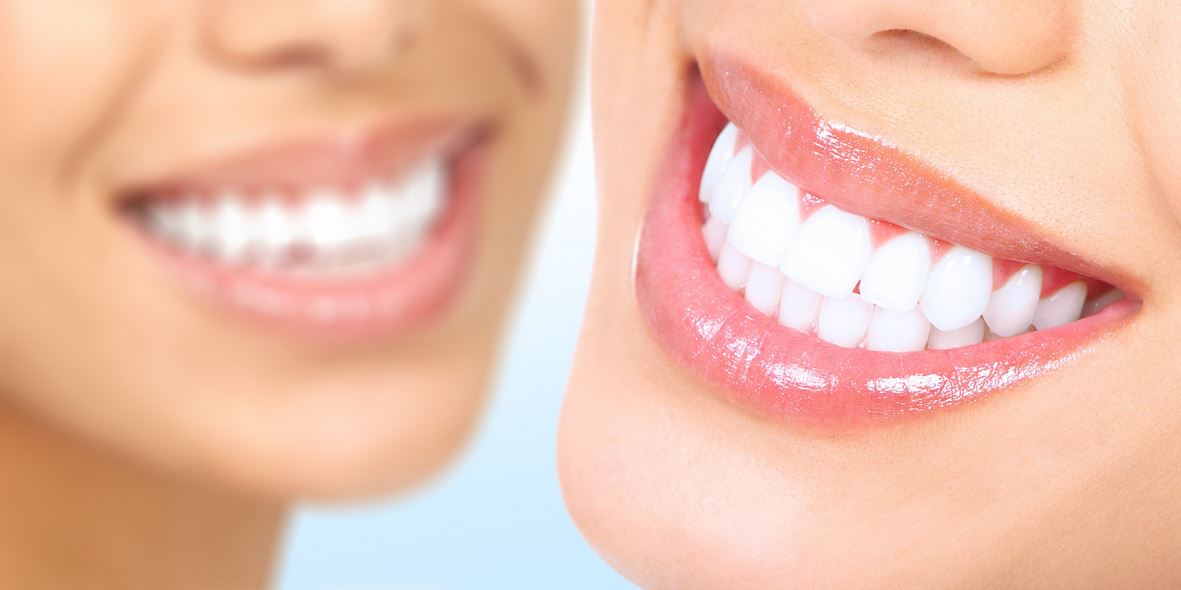Smile Makeovers: Why You Should Be Considering Cosmetic Dentistry

When it comes to dentistry, function often follows form. In other words, straight, white teeth that meet in a healthy bite not only look good, but improve a person’s ability to eat and speak. Healthy dentition also makes dental hygiene easier and improves the person’s self-esteem. This alone can have ramifications in both their social life and their work life. Here are some examples of cosmetic dentistry.

These are artificial crowns that replace a person’s natural teeth. They are employed if the person’s tooth is cracked, broken, worn away or can’t be salvaged due to infection. Crowns made as of 2017 can be so realistic that they can’t be told from the patient’s natural teeth.
To perform a dental implant, a dentist such as those at BayView Dental Associates makes an incision in the gum and installs a post, usually made of titanium that fuses with the bone over some weeks. When the post is fused, the gum is reopened, and the crown is anchored to the post. There are now techniques that allow the dentist to install the post and crown at the same time.
People with under bites, overbites or other types of malocclusions sometimes opt for traditional braces or more modern teeth alignment systems such as Invisalign. With traditional braces, a system of wires and brackets slowly straighten the teeth. Braces can traditional, tooth-colored or worn on the back of the teeth. Invisalign straightens teeth through a series of transparent trays. The difference between them is that the Invisalign trays can be taken out for the patient to eat or brush and floss their teeth.
Veneers correct the appearance of teeth that are chipped, crooked, gappy or discolored. Customized for individual patients, veneers are thin shells of porcelain or resin that are placed over prepared teeth. Porcelain veneers are more natural looking and tougher than resin, but resin veneers require less etching of the tooth.
Like dental implants, applying porcelain veneers is a multi-staged process. In the first stage, the dentist removes some enamel from the tooth, makes an impression of the tooth and sends it to a dental laboratory. The veneers are ready by the time the patient returns to the dentist’s office. The dentist roughens the surface of the tooth to allow it to hold the veneer in a strong grip, applies dental cement and places the veneer. The dentist cures the cement with a special light, then makes adjustments. A follow-up appointment makes sure that all is well with the veneer.
With these procedures, patients no longer need to live with unattractive teeth that mar their ability to speak and make eating difficult or painful. They can show a confident smile to the world.
